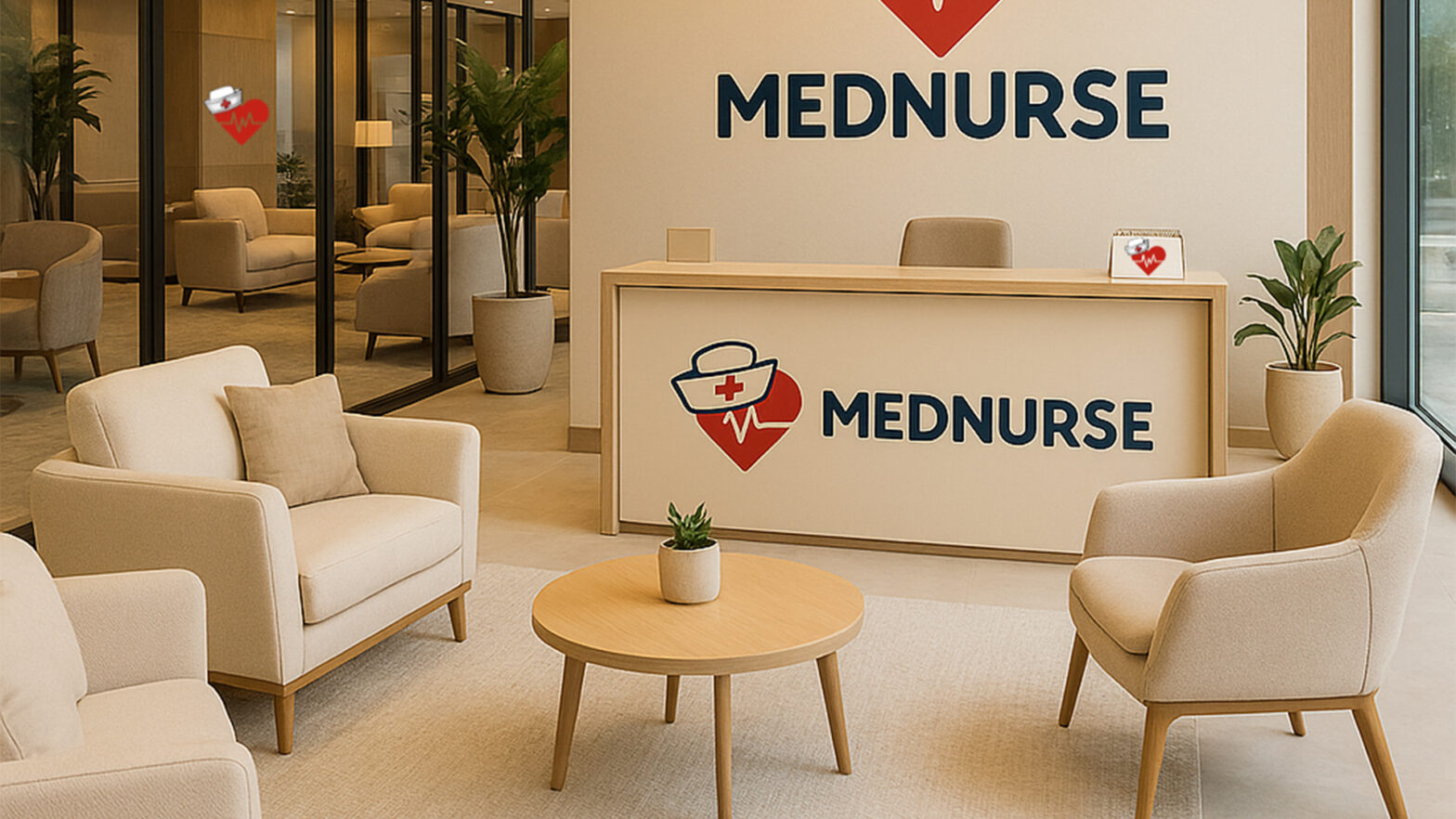Clinical research keeps getting more complex. Every study generates massive amounts of data from multiple sources, making it harder to organize, analyze, and protect.
Clinical data management software helps solve these challenges. It speeds up research, reduces errors, and strengthens collaboration. Read on to learn how it gives you a more efficient way to handle data and improve study outcomes.
Streamlining Data Collection and Integration
Manual data entry slows research and increases human error. Efficient clinical data management is vital for effective data collection and integration in trials. The software automates such processes using electronic data capture (EDC) systems, which gather information from electronic case report forms (eCRFs) and other sources. That leads to fewer mistakes, faster documentation, and more reliable results.
Modern clinical trials use wearables and IoT devices to collect real-time patient data. Specialized software gathers data from smartwatches, continuous glucose monitors, and other devices. You’ll receive ongoing, precise information without needing manual entry. This provides comprehensive patient monitoring and improved trial outcomes.
It’s also important to note that data comes from multiple places—labs, hospitals, patient-reported outcomes, and imaging centers. The software centralizes everything into one platform, keeping it organized and accessible. With all your data in one place, you avoid inconsistencies and improve collaboration across research teams.
Enhancing Data Quality and Accuracy
Data errors waste time and compromise results. Clinical data management software uses built-in validation checks to flag issues as data is entered. You cut down on rework and boost accuracy by catching mistakes right away.
Regulatory compliance requires transparency. The software tracks every change made to your data, keeping a full audit trail of who did what and when. This helps during audits and simplifies compliance with FDA, HIPAA, and other regulatory bodies.
Artificial intelligence (AI) is changing research. Clinical trial management software with AI detects unusual patterns, spotting inconsistencies you might otherwise miss. It uses machine learning to find potential errors, outliers, or fraudulent data before they affect results.
High-quality data means stronger conclusions. When errors are reduced, and validation is built in, studies produce more reliable findings. That speeds up regulatory approvals and strengthens confidence in your research.
Accelerating Research and Trial Timelines
Traditional methods require manual data cleaning and transformation. Clinical data management software automates these tasks, cutting down on administrative work. Instead of spending weeks organizing datasets, you get structured, ready-to-use data almost instantly.
Live dashboards in the software let you track study progress, helping you make data-driven decisions based on current data during trials. If something needs adjusting—such as recruitment strategies or dosage levels—you can act immediately.
The software also allows for real-time data sharing with researchers, sponsors, and regulatory authorities, keeping everyone informed. This is important as research teams work across different locations and organizations. And with cloud-based access, team members can review and update information without delays.
Ensuring Regulatory Compliance and Data Security
Regulations like FDA 21 CFR Part 11 and GDPR require strict data handling. Good thing clinical data management software features electronic signatures, role-based access, and compliance reporting to meet industry standards.
Patient data is sensitive. The software protects information with end-to-end encryption, multi-factor authentication, and other security measures. You control who accesses data and what they can modify.
Next, regulatory audits demand precise records. Clinical data management systems act as a digital filing cabinet, providing quick access to files needed by auditors.
Another thing to consider is that compliance requirements evolve as regulatory standards change. Frequent updates enable researchers to stay current with regulations, avoiding compliance issues and delays in approvals.
Enabling Personalized and Adaptive Research Designs
Some studies need flexibility. Mid-trial protocol modifications are possible when interim results suggest adjustments. If early data indicates a dosage change is necessary, updates happen without derailing the study.
More research now focuses on individual patient-reported outcomes. The software gathers and examines this, aiding in understanding how treatments impact diverse groups.
Predictive modeling improves trial efficiency. Analyzing past data lets the software improve study designs, predict dropout risks, and optimize patient recruitment.
Democratizing Access to Advanced Analytics
You don’t need to be a data scientist to use clinical data management software. Many platforms have user-friendly dashboards for accessible analytics.
Cloud-based solutions make research scalable and accessible worldwide. Remote teams collaborate seamlessly, large datasets are supported, and IT infrastructure costs drop.
Collaboration is increasing in clinical trials. The software also enables secure data sharing while ensuring compliance, aiding open science.
Advanced research isn’t just for pharmaceutical companies and other large organizations anymore. Cloud-based and AI tools give small teams and researchers in developing countries access to quality analytics.
Conclusion
Clinical data management software is transforming research. It simplifies data collection, improves accuracy, speeds up analysis, and strengthens compliance. With automation, AI-driven insights, and real-time collaboration, researchers work faster and smarter. These tools offer a competitive edge in clinical studies, speeding up the market launch of new treatments.



















